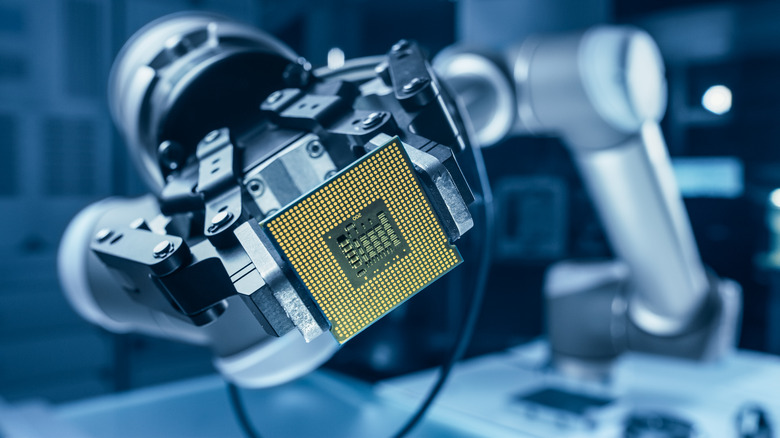Scientists Have Developed "Skin-Like" Robots That Can Climb Walls
When you think of a robot, you probably picture something rigid and hard-edged – it doesn't travel easily, and you certainly couldn't roll it up and stick it in your pocket. But as it turns out, that description doesn't do all robots justice.
Scientists at the University of Bristol have created stretchable, "skin-like" robots, according to reporting from Science Daily. And unlike the robot you may have just pictured, users can in fact roll up these ones and stick them in their pockets.
How They Work
How They Work
The creators of these "skin" robots achieved the design by embedding electrical adhesion and artificial muscles into soft materials, Science Daily reported. The robots are lightweight and relatively thin, and they are more compliant than traditional robots, twisting and stretching to adapt to their environments.
Scientists published a report on this robotic development in Soft Robotics, comparing it to "active, smart, and stretchable" human skin.
"Artificial skins that can replicate these properties are promising materials and technologies that will enable lightweight, cost-effective, portable, and deployable soft devices and robots," the report's abstract read.
This advance could enable robots to monitor their environments and deploy in hazardous areas, according to Science Daily. It could also pave the way for new wearable technologies and robot grippers for fragile objects.
ElectroSkin and Soft Robots
ElectroSkin and Soft Robots
The stretchable material referenced in this study is called ElectroSkin, and according to a news release from the University of Bristol, it gathers inspiration from soft organisms (such as slugs and snails) and biological skins. The robotic skin, developed by Bristol's robotics professor Jonathan Rossiter and his team, "crawls across a surface by alternately contracting embedded artificial muscles and gripping the surface using electrical charges," the release stated.
ElectroSkin robots will eventually be able to crawl up walls and across ceilings, making it easier to clean such services. They should also be viable for exploring hazardous environments, such as collapsed buildings, and revolutionize wearable, second-skin devices. Ideally, a user should be able to pull the robot out of their pocket in its compressed form and throw it onto a surface, where it could move on its own or by remote control.
"ElectroSkin is an important step toward soft robots that can be easily transported, deployed and even worn," Rossiter told the University of Bristol. "The combination of electrical artificial muscles and electrical gripping replicated the movements of animals like snails and slugs, and where they go, so could our robots."
This represents an important building block for future the future development of soft robots.
Cite This Article
MLA
Swanston, Brenna. "Scientists Have Developed "Skin-Like" Robots That Can Climb Walls" sciencing.com, https://www.sciencing.com/hyper-realistic-masks-13723336/. 4 December 2019.
APA
Swanston, Brenna. (2019, December 4). Scientists Have Developed "Skin-Like" Robots That Can Climb Walls. sciencing.com. Retrieved from https://www.sciencing.com/hyper-realistic-masks-13723336/
Chicago
Swanston, Brenna. Scientists Have Developed "Skin-Like" Robots That Can Climb Walls last modified March 24, 2022. https://www.sciencing.com/hyper-realistic-masks-13723336/
